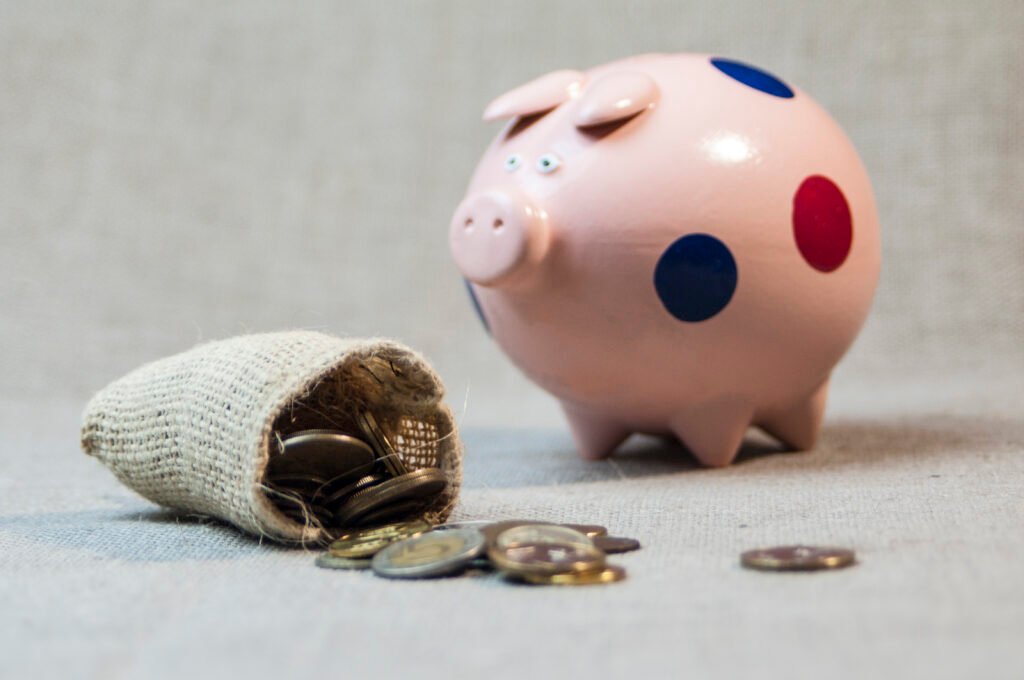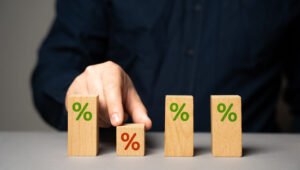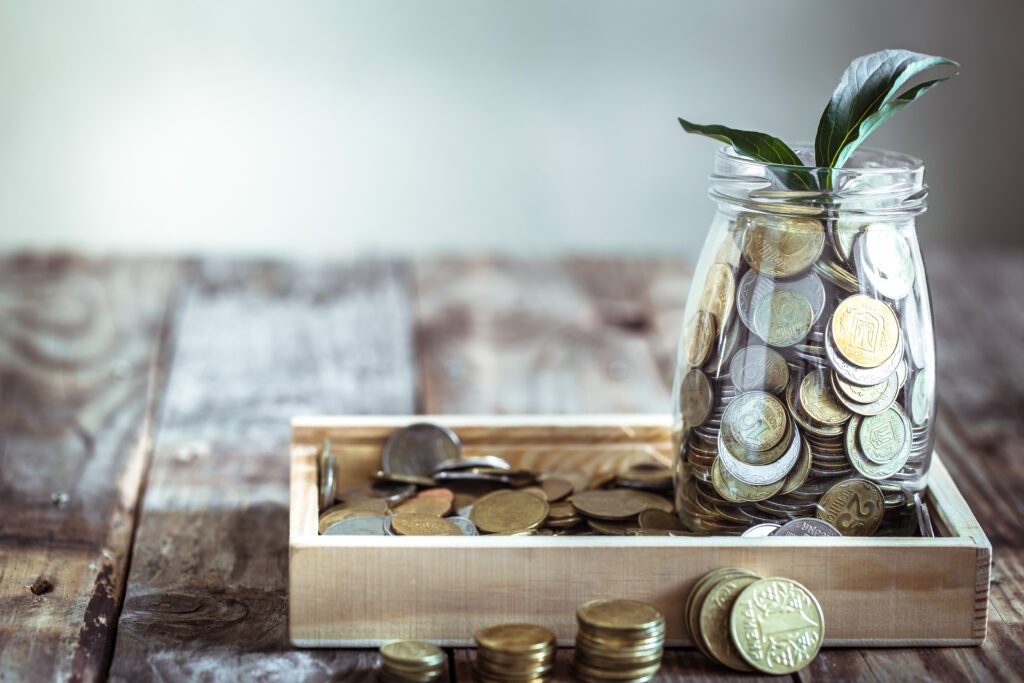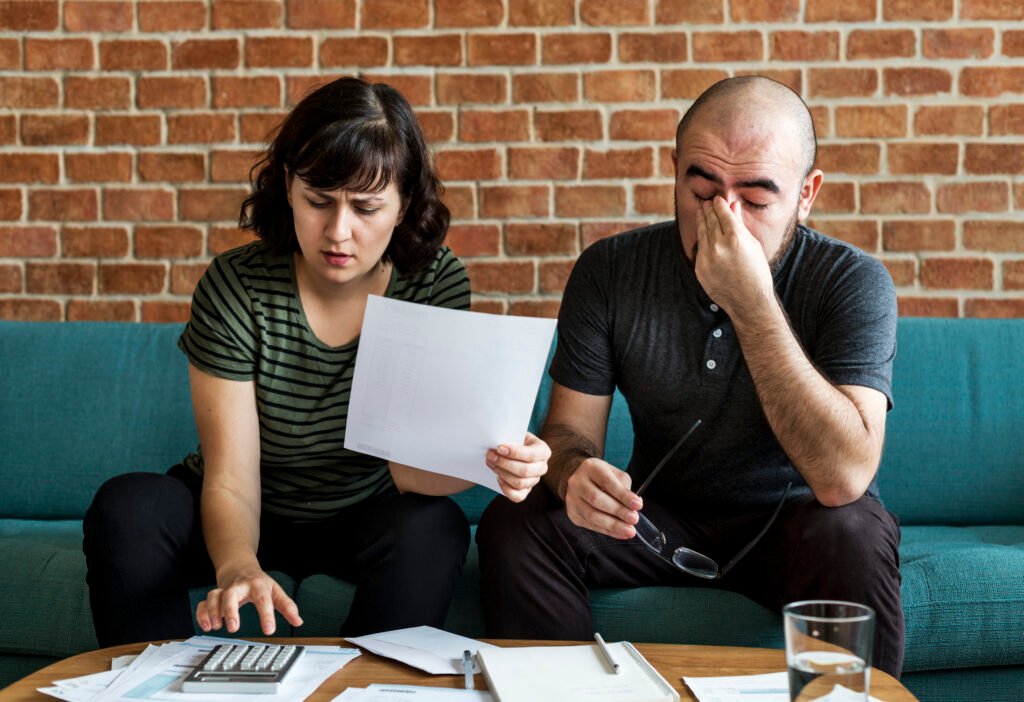Imagine waking up one day to find your car won’t start, or worse, you’ve just received an unexpected medical bill. These are the moments that can send a shiver down anyone’s spine. Yet, they are also the moments that define our financial resilience. As Warren Buffett wisely said, “Do not save what is left after spending; instead, spend what is left after saving.” This principle underscores the essence of an emergency fund—a financial cushion designed to cover life’s unforeseen expenses without derailing your long-term financial goals.
An emergency fund is your first line of defense against financial chaos. It’s the buffer that allows you to tackle unexpected challenges head-on, without the added burden of debt or financial stress. In a world where the only constant is change, an emergency fund is not a luxury; it’s a necessity.
In this article, we will see why you absolutely need an emergency fund if you’re aiming for financial stability. We’ll help you figure out just how much you should stash away and give you some hands-on advice to grow that fund without breaking a sweat.
The Importance of Having an Emergency Fund
Financial Security in Uncertain Times
Imagine losing your job without warning. While you’re sending out resumes and attending interviews, bills continue to pile up. Without an emergency fund, you might have to resort to credit cards or loans, plunging you further into debt. An emergency fund can act as a financial buffer, allowing you to cover essential expenses while you get back on your feet.
Medical emergencies are another area where an emergency fund can be a lifesaver. According to a study, medical expenses are the leading cause of bankruptcy in the United States. Having a financial cushion can help you manage out-of-pocket medical costs without jeopardizing your financial stability.
Your car breaking down or a leaking roof can be more than just inconveniences; they can be financially crippling if you’re not prepared. An emergency fund can help you handle these situations without the need for high-interest loans or credit card debt.
Life is full of uncertainties. Whether it’s a sudden job loss, unexpected medical emergencies, or urgent home repairs, unforeseen expenses can throw a wrench in your financial plans. An emergency fund serves as a financial safety net, helping you navigate through these unpredictable life events without derailing your financial goals.
The Psychological Benefits
Beyond the tangible financial benefits, having an emergency fund also offers significant psychological advantages. Knowing that you have a financial cushion can reduce stress and enhance your overall well-being.
The peace of mind that comes with having an emergency fund is invaluable. You can sleep better at night knowing that you’re financially prepared for whatever life throws your way. This sense of security can also improve your performance at work and your relationships, as you’re not constantly bogged down by financial worries.
Financial stress can take a toll on your mental health, leading to anxiety and even depression. An emergency fund acts as a psychological buffer, reducing the emotional strain that financial uncertainties can bring. When you know you have a safety net, you’re less likely to experience the debilitating effects of financial stress.
Having an emergency fund empowers you to make better financial decisions. You’re less likely to make impulsive purchases or take on debt when you know you have reserves to fall back on. This sense of control is not just liberating; it’s a crucial step towards financial independence.

How Much Should You Save?
Determining the right amount to save in your emergency fund is crucial for financial security. The amount varies depending on your life situation, income, and expenses. Here we’ll explore some guidelines and rules of thumb to help you figure out how much you should set aside for those rainy days.
The 3-6-9 Rule
The 3-6-9 rule is a popular guideline for emergency funds. It suggests saving 3, 6, or 9 months’ worth of living expenses based on your financial situation. Let’s break down what each of these numbers means:
3 Months
If you’re in a dual-income household with stable jobs and no dependents, saving three months’ worth of living expenses is generally sufficient. This is the bare minimum and is best suited for those who have a relatively low level of financial risk.
6 Months
For those with a single income or less stable employment, six months’ worth of expenses is a safer bet. This gives you a longer runway to find another job or deal with unexpected expenses.
A friend of mine, Sarah, was working freelance when the pandemic hit. Work dried up overnight. Thankfully, she had saved up six months’ worth of living expenses, which helped her weather the storm.
9 Months
If you have high financial responsibilities, like dependents or a mortgage, or if your job is highly specialized and it might take longer to find a new position, aim for nine months.
Tailoring to Your Needs
While the 3-6-9 rule offers a solid framework, it’s essential to remember that personal finance is just that—personal. Your unique circumstances might call for some tweaks to these general guidelines. Let’s dig deeper into some factors that could influence how much you should be saving.
Job Stability
If you’re in an industry known for its volatility or seasonal fluctuations—think tourism or freelance gigs—you might want to aim for a more substantial emergency fund. In such cases, having enough to cover six to nine months of expenses would give you a more extended safety net. This extra cushion can be a lifesaver during off-seasons or dry spells in freelance work.
Let’s say you’re a freelance graphic designer, and your income varies from month to month. In this scenario, a six-month emergency fund would give you the financial breathing room to find new clients or pivot your services without panicking about paying next month’s bills.
Number of Income Sources
Having multiple income streams can be a financial boon. Whether it’s a side hustle, rental income, or a working spouse, additional income can reduce the size of the emergency fund you might need. However, don’t become too complacent; ensure at least one of your income streams can cover essential expenses.
Dependents
If you have people depending on your income—be it children, a non-working spouse, or elderly parents—the stakes are higher. Your emergency fund should be robust enough to cover their needs as well. In such cases, leaning towards a nine-month cushion is advisable.
Imagine you’re the sole breadwinner in a family of four. A nine-month emergency fund ensures that even if you lose your job, your family’s essential needs—like housing, food, and healthcare—are taken care of while you search for new employment.
By taking a closer look at your job stability, income sources, and dependents, you can fine-tune your emergency fund to better align with your life circumstances. It’s not about hoarding money aimlessly; it’s about strategic saving that offers you and your loved ones a financial safety net tailored to your needs. Always remember, it’s better to be a bit over-prepared than under-prepared when life decides to shake things up.
Building Your Emergency Fund
Now that we’ve established the importance of an emergency fund and how much you should aim to save, let’s look into the practical steps for building this financial safety net. From where to stash your cash to strategies for consistent saving.
Where to Keep Your Emergency Fund
Choosing the right place to keep your emergency fund is very important. The account should be easily accessible, but not so accessible that you’re tempted to dip into it for non-emergencies. Let’s explore some options.
High-Yield Savings Account
A high-yield savings account offers a higher interest rate compared to a regular savings account. This allows your money to grow a bit while it sits.
Money Market Account
Money market accounts are similar to high-yield savings accounts but usually come with higher minimum balance requirements. They offer the benefit of check-writing capabilities, adding a layer of convenience.
Certificates of Deposit (CDs)
While not ideal for all your emergency funds due to their fixed terms, a portion could be kept in a CD for higher interest rates. Just be aware of the penalties for early withdrawal.
When I first started building my emergency fund, I opted for a high-yield savings account. The interest wasn’t going to make me rich, but it was better than letting the money sit idle in a regular account. Plus, the account was separate from my checking, reducing the temptation to spend it.
Strategies for Consistent Saving
Consistency is key when it comes to building your emergency fund. Here are some strategies to help you make regular contributions without feeling the pinch.
Automatic Transfers
Setting up automatic transfers from your checking to your emergency fund ensures that you’re consistently saving. Treat it like a non-negotiable bill that you have to pay each month.
Budgeting
Allocate a specific line item in your budget for your emergency fund. This makes it a planned expense rather than an afterthought.
Windfalls and Bonuses
Consider directing a portion of any unexpected windfalls or bonuses straight into your emergency fund. It’s a quick way to boost your savings without affecting your monthly budget.
The 50/30/20 Rule
This budgeting rule allocates 50% of your income to needs, 30% to wants, and 20% to savings and debt repayment. Use part of that 20% to contribute to your emergency fund.
Building an emergency fund may seem daunting, but with these practical steps, you’re well on your way to financial resilience. By implementing these strategies, you’re not just saving money; you’re buying peace of mind. It’s an investment in your future stability and well-being. So start today, and before you know it, you’ll have a robust emergency fund that stands as a bulwark against life’s uncertainties.
Conclusion
When your goal is financial stability, an emergency fund is a cornerstone. This financial cushion serves multiple purposes, from providing a safety net in times of unexpected expenses to offering psychological comfort. We’ve explored the importance of having an emergency fund, guidelines on how much to save based on your individual circumstances, and practical strategies for building and maintaining this fund.
Having an emergency fund is akin to having a financial insurance policy. It’s there to protect you when life throws curveballs your way, be it a job loss, medical emergency, or urgent home repairs. By following the 3-6-9 rule, you can tailor your emergency fund to fit your unique financial landscape. And with options like high-yield savings accounts and money market accounts, your money isn’t just sitting idle; it’s growing, albeit modestly.
But perhaps the most significant benefit of an emergency fund is the peace of mind it brings. Knowing that you have a financial buffer allows you to make better decisions, reduces stress, and provides peace of mind, therefore improving your overall quality of life. So, if you haven’t started building your emergency fund yet, let today be the day you take that crucial step toward financial security and well-being. You will be happy you did, just a few months from today.










